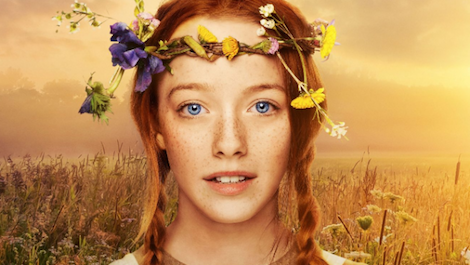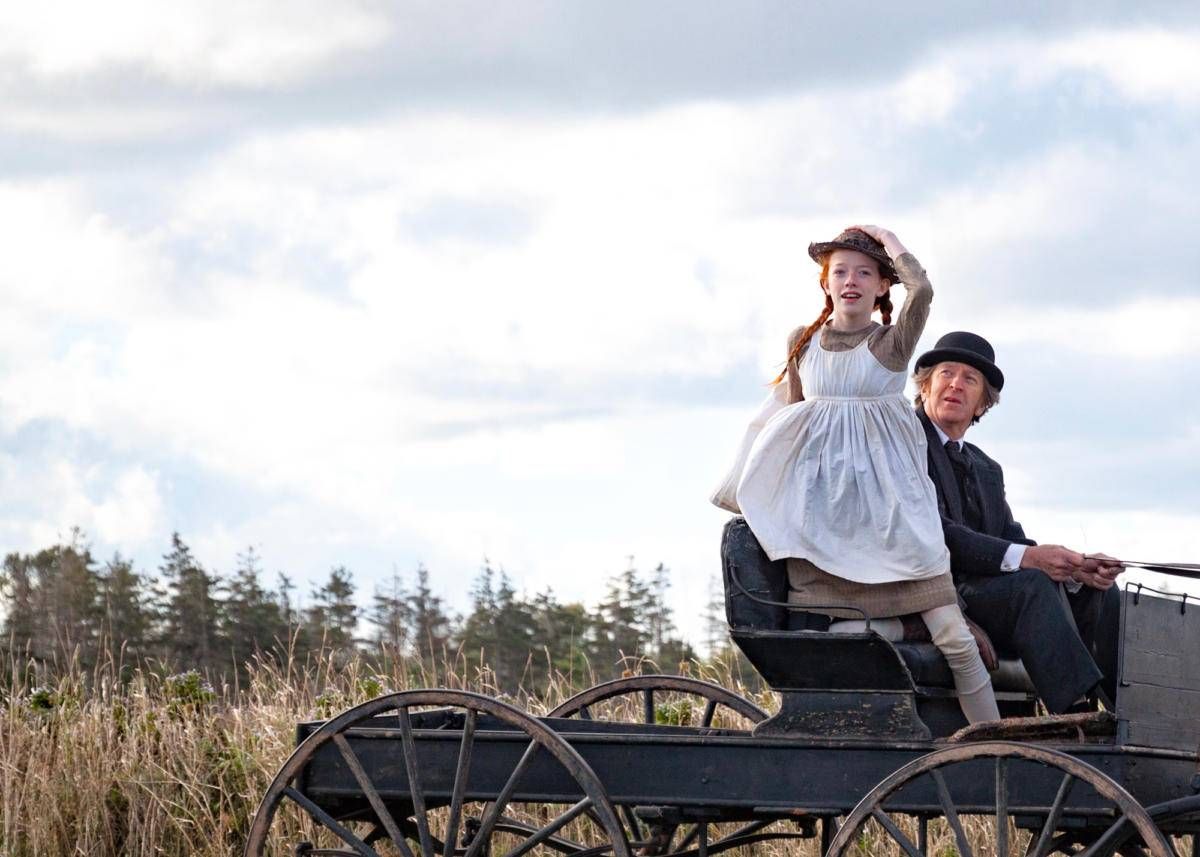
In Defense of Netflix’s Anne of Green Gables
Last night I finished watching Netflix’s Anne of Green Gables adaptation, Anne With An E.
I’d been hearing decidedly mixed reviews — my friends called it dark, and edgy, and even “horrifying.” More than one person told me that they turned it off after 15 minutes.
The internet seemed to concur (at least the American portion of the internet). A quick google search reveals such dramatic headlines as “Anne of Green Gables Becomes a Gothic Nightmare in Netflix’s Anne With An E” and “How Not to Adapt Anne of Green Gables.”
But see, I have this friend Kate, who works in Canadian theatre and has always loved Anne… and she told me it was worth watching. In fact, she said if I skipped it I was missing out. Kate is a kindred spirit whose word I take seriously, especially when it comes to Avonlea, so that was my decision made. Despite foreboding reviews from friends and strangers on the internet, I would give it a try.
So I nervously fired up Netflix. (My mom, who is also a long-time Anne fan but is much more practical than I am, didn’t understand my drama — “If you don’t like it, you can just turn it off…” But I take Anne very personally. I think we all do.)
It’s definitely different than the beloved ’80s version, which is one of my favorite movies of all time (I literally had it memorized when I was a kid!)… but this interpretation is an interesting one, and as it turns out, I like it. In fact, I loved it from the very first moment– the credits, the music, and R.H. Thomson as Matthew.
My friend Kate calls it an interesting character study, which I think is a cool way to look at it. I’ve spent a lot of time with these stories over the years, and somehow she (the writer, Moira Walley-Beckett) is managing to bring out aspects of the characters that I never thought about before.
And I didn’t find it to be dark. I was kind of glad I’d heard those negative reviews, because they lowered my otherwise-very-high expectations and prepared me for some of the differences; but throughout the whole show I kept saying: “This isn’t dark. It’s just REAL.”
Moira Walley-Beckett did something crazy with Netflix’s Anne of Green Gables — she took it out of the realm of fantasy and set it down firmly in reality. Anne of Green Gables has always veered toward the innocent, wholesome, family-friendly side of things. This Anne is not that. And I can see why people are having such strong reactions.
But the thing is… picking up Anne and Avonlea and Marilla and Green Gables and setting them down firmly in reality does not lessen the characters one bit, and it does not diminish the story. It only adds to them.
Anne’s imagination is not lessened when we see it as a coping mechanism for her hard childhood — it only makes it more valuable. This Anne has real worries, real problems, a past. And it makes her more resilient. More human.
Anne, in this interpretation, is a real girl. Everyone is real — Marilla, Matthew, Rachel Lynde… even Ruby Gillis. They have real problems and real human emotions and they still manage to find love and humor and connection and the White Way of Delight.
The other thing I kept saying over and over while I was watching Anne With An E is this: “It was all there already, we just never saw it!”
Moira Walley-Beckett is not making this stuff up. She’s not pulling things out of thin air and inserting them into the story.* She’s just using the lens of reality to look at what was already there in front of our faces. She says, “I read between the lines, to mine what isn’t there but has been there all along.”
It’s all already there, the pain and the pathos as well as the scope for the imagination. And drawing on those underlying realities makes the whole thing, for me at least, so much better – richer, realer, more human. MORE wondrous, not less.
There is so much more I want to say about Anne With An E, and so many conversations to be had around it, but for now I’ll leave it off with this: Try it. You just might like it.
And what’s the worst that could happen? In the words of my ever practical mother: If you hate it you can always just turn it off.
*Note: She does, in fact, take some pretty major liberties with the storytelling at times, but that’s a whole different conversation. I’m referring here to “what isn’t there but has been there all along”… Anne’s history of neglect and her hunger for home and love.
Find more of our Anne of Green Gables coverage here.















